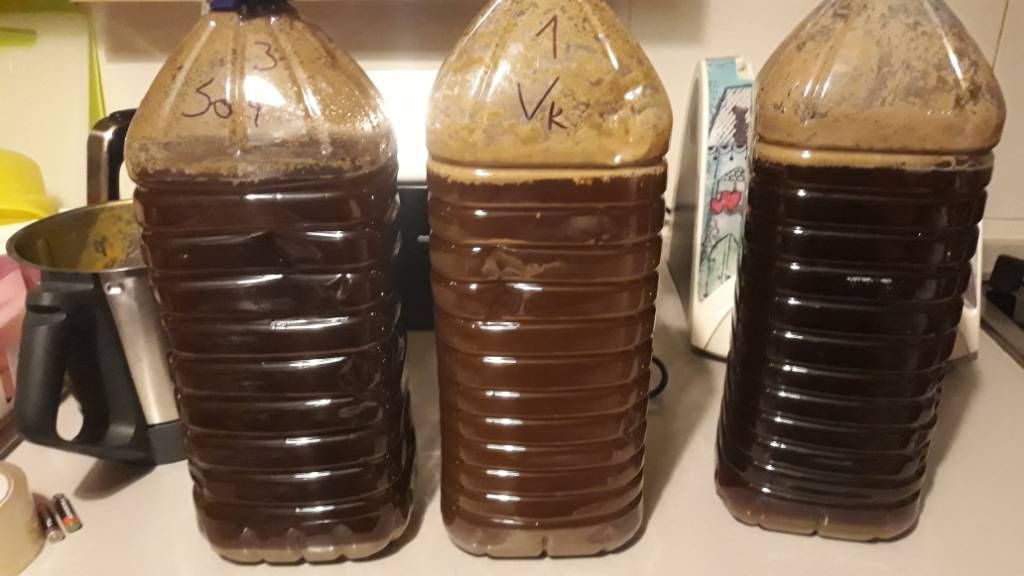foggydonkey
Member
- Joined
- Aug 3, 2019
- Messages
- 8
- Reaction score
- 0
I used Oslo in an apricot mead and it took it from 1.095 to 0.998. I didn't use any temp control but had it sitting in my office that usually hovers between 75-80'F this time of year. Tastes and smells fantastic. I'm not sure why you're having issues with it fermenting simple sugars.
Can you let me know your ingredients and any additives and steps you used? Mine is making great beer but it's just shitting out on everything else and I don't have any idea why. Warm, lots of nutrients, lots of aeration, Energizer. Treating my water the same as I do for my beer. Like I said I'm new and I could totally just pick up another yeast for those things but I really like the speed and that I don't have to worry about temps with Oslo.


























































